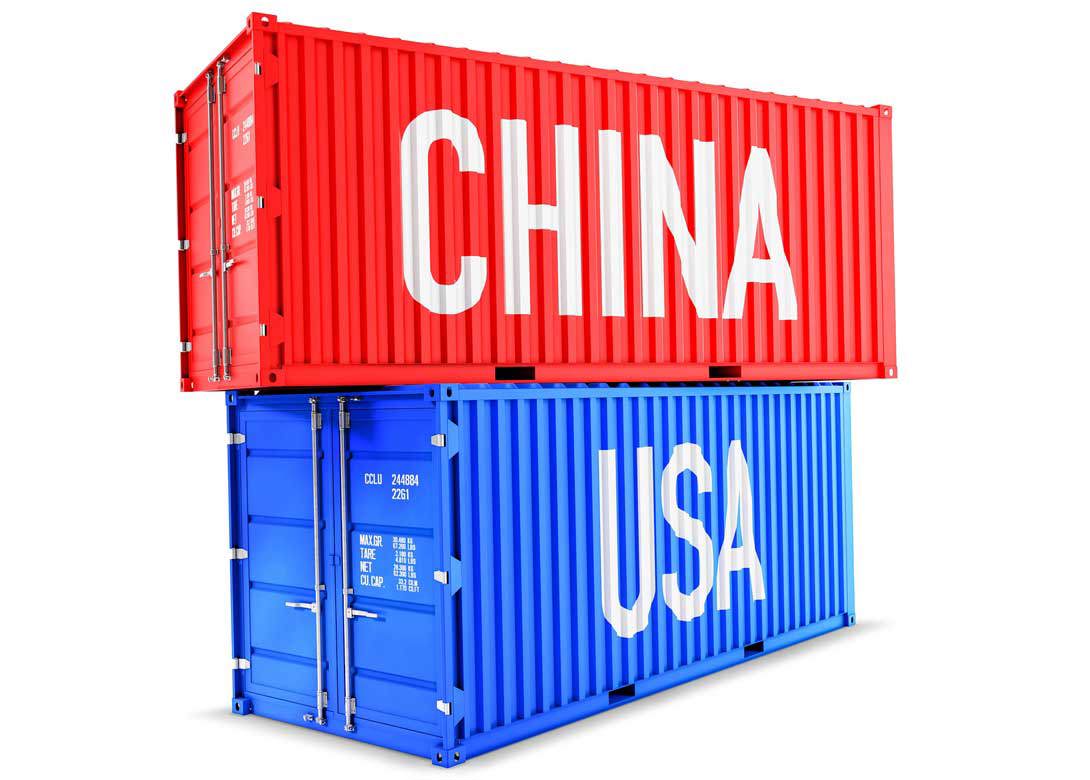
On Friday 10th May the United States increased ‘Section 301’ tariffs from 10% to 25% on US$200 billion of goods imported from P.R. China – including a wide range of fasteners. The 10% tariff level was originally applied in September 2018.
US Trade Representative Robert Lighthizer announced on 10th May: “Earlier today, at the direction of the President, the United States increased the level of tariffs from 10% to 25% on approximately $200 billion worth of Chinese imports. The President also ordered us to begin the process of raising tariffs on essentially all remaining imports from China, which are valued at approximately US$300 billion.”
The increase to 25% was originally scheduled to bite at the beginning of 2019 but was postponed by presidential order, initially until March and then until further notice, as the China engaged in trade negotiations. However, the Office of the US Trade Representative announced on 9th May: “Since the meeting on December 1st, the United States and China have engaged in additional rounds of negotiation on these issues, including meetings in March, April, and May of 2019. In the most recent negotiations, China has chosen to retreat from specific commitments agreed to in earlier rounds. In light of the lack of progress in discussions with China, the President has directed the Trade Representative to increase the rate of additional duty to 25%.” 1
US Customs and Border Protection issued guidance2 clarifying that goods exported to the United States before 12:01am on 10th May 2019 and entered for consumption before 1st June 2019, would remain subject to the previous 10% tariff rate. Goods exported after this time and date would incur the 25% tariff rate.
China’s Ministry of Commerce threatened countermeasures but has not, so far, specified what form these might take. Trade negotiations finished as scheduled at the end of last week but without any apparent progress. President Trump tweeted on 8th May that there was no hurry in concluding an agreement and said he was “very happy with over US$100 billion a year in Tariffs filling US coffers”.
Donald Trump has persistently argued that China is ‘paying’ the tariffs. In fact, the tariffs are paid by US importers, albeit Chinese exporters may have ameliorated their effect through decreasing prices. US media has headlined that tariffs will result in higher US consumer prices, with prices said to have already increased on a wide range of consumer goods. According to FactCheck.org the US will actually collect US$79 billion in tariffs during 2019.
Sixteen 7318 fastener CN codes are affected by the higher tariff rate, involving most of fastener product types, including screws, bolts, studs, washers, rivets and pins.
The US actions do not directly impact the European fastener industry, except companies operating in the US and importing fasteners from China. However, when the escalation of tariffs to 25% was originally announced for 1st January 2019, some US fastener importers reacted quickly to shift orders away from Chinese factories. Order books in other Asian countries filled rapidly, whereas available capacity in China increased. One effect appears to have been for Chinese factories to have shipped orders to European customers earlier than previously quoted. With Donald Trump seemingly relaxed about the tariffs continuing, and US importers almost certainly unable to absorb a 25% cost increase, further resourcing looks highly probable - with a consequent pronounced effect on global fastener capacities and trade patterns.
Fastener tariff codes affected: 7318.11.00, 7318.12.00, 7318.13.00, 7318.14.10, 7318.14.50, 7318.15.20, 7318.15.40, 7318.15.50, 7318.15.60, 7318.15.80, 7318.19.00, 7318.21.00, 7318.22.00, 7318.23.00, 7318.24.00, 7318.29.00
1 Federal Register/Vol. 84, No. 90/Thursday, May 9, 2019/Notices
2 CSMS#19-000238

Having held senior management roles in leading automotive and fastener businesses, Phil joined Fastener + Fixing Magazine as editor in 2002. Convinced there is no substitute for ‘being there’, over 17 years of visits and interviews around the world means he has accumulated an extraordinary knowledge and perspective of the global fastener industry, reflected in his incisive and thought provoking reporting.
Don't have an account? Sign Up
Signing up to Fastener + Fixing Magazine enables you to manage your account details.